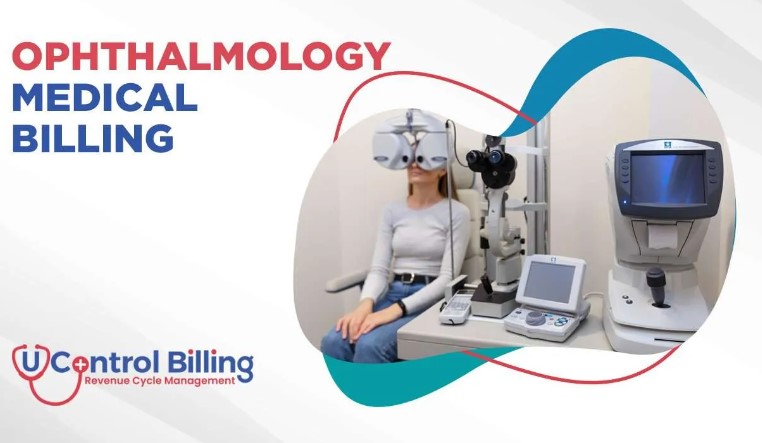
In the realm of healthcare, ophthalmology stands as a beacon of hope for millions, offering solutions to a myriad of eye-related ailments. However, behind every successful diagnosis and treatment lies a complex web of billing and coding intricacies. In this comprehensive exploration, we delve into the world of ophthalmology billing and coding services, uncovering the nuances, challenges, and strategies that underpin this essential aspect of healthcare administration.
Understanding the Foundation:
At the heart of ophthalmology billing and coding services are the universally recognized code sets that facilitate communication between healthcare providers, insurance companies, and regulatory bodies. The Current Procedural Terminology (CPT) and International Classification of Diseases (ICD) codes serve as the cornerstone of this system, categorizing procedures and diagnoses, respectively.
CPT codes encompass an extensive array of ophthalmic procedures, ranging from routine eye examinations to intricate surgeries. Each code corresponds to a specific service rendered, providing a standardized framework for reimbursement. On the other hand, ICD codes offer a comprehensive classification system for diagnosing eye disorders, facilitating accurate documentation and billing.
Navigating the Complexities:
While the fundamentals of billing and coding may appear straightforward, the landscape of ophthalmology presents its own unique set of challenges:
1. Specificity Requirements: Ophthalmic procedures often demand meticulous documentation to capture the intricacies of each service accurately. Failure to provide detailed information can lead to claim denials or downcoding, resulting in reduced reimbursement and administrative burdens.
2. Regulatory Updates: The world of medical billing and coding is in a constant state of flux, with regulatory bodies frequently updating coding guidelines and reimbursement policies. Staying abreast of these changes is imperative to ensure compliance and maximize reimbursement.
3. Complex Procedures: Ophthalmology encompasses a diverse range of procedures, from routine examinations to advanced surgical interventions. Properly coding these procedures requires a deep understanding of ophthalmic terminology and surgical techniques, posing a challenge for billing and coding professionals.
4. Reimbursement Disparities: Ophthalmology reimbursement rates vary widely based on factors such as payer policies, geographic location, and practice setting. Negotiating fair reimbursement requires strategic coding and a nuanced understanding of payer dynamics.
Best Practices for Success:
Despite the inherent challenges, several best practices can streamline the ophthalmology billing and coding process:
1. Comprehensive Documentation: Thorough documentation is the cornerstone of successful billing and coding in ophthalmology. Providers must meticulously record patient histories, examination findings, treatment plans, and procedural details to ensure accurate coding and reimbursement.
2. Continuous Education: Ophthalmic billing and coding staff should undergo regular training to stay updated on coding guidelines, regulatory changes, and industry best practices. Investing in ongoing education fosters a culture of compliance and proficiency within the organization.
3. Harnessing Technology: Leveraging electronic health record (EHR) systems and practice management software can streamline the billing and coding workflow. These advanced tools offer features such as automated coding suggestions, real-time claim tracking, and electronic claims submission, enhancing efficiency and accuracy.
4. Conducting Coding Audits: Regular coding audits are essential for identifying coding errors, compliance issues, and areas for improvement. By analyzing claims data and documentation, practices can proactively address coding discrepancies and optimize reimbursement.
5. Strategic Partnerships: Collaborating with specialized ophthalmology billing companies can alleviate administrative burdens and ensure optimal reimbursement. These external partners possess the expertise and resources to navigate the complexities of ophthalmic billing and coding effectively, allowing providers to focus on delivering exceptional patient care.
Conclusion:
Ophthalmology billing and coding services represent a critical component of healthcare administration, facilitating accurate reimbursement for vital eye care services. While navigating the complexities of coding guidelines and regulatory requirements can be daunting, adopting best practices and leveraging technology can streamline the process and optimize reimbursement. By prioritizing comprehensive documentation, continuous education, and strategic partnerships, ophthalmic practices can navigate the intricacies of billing and coding with confidence, ensuring the delivery of high-quality eye care to patients worldwide.



